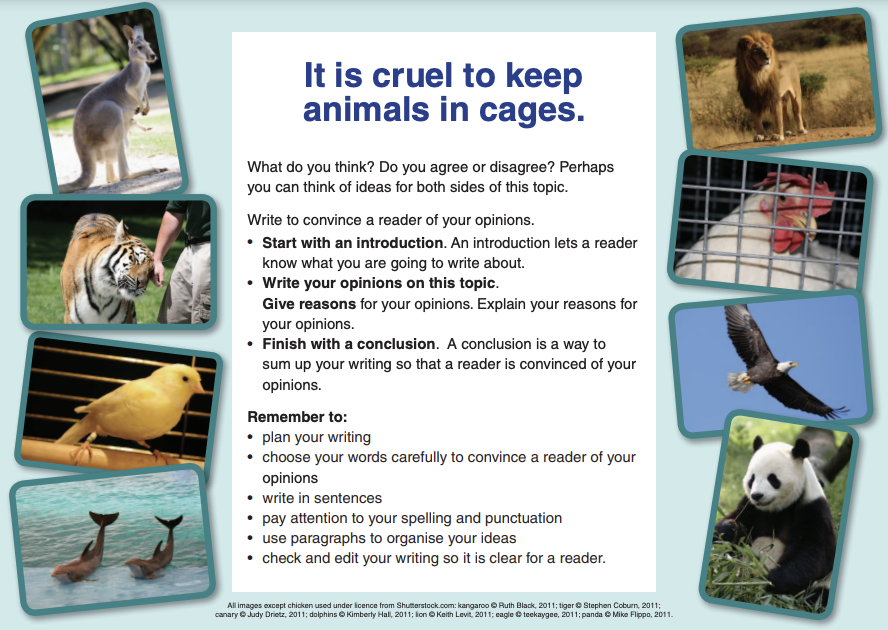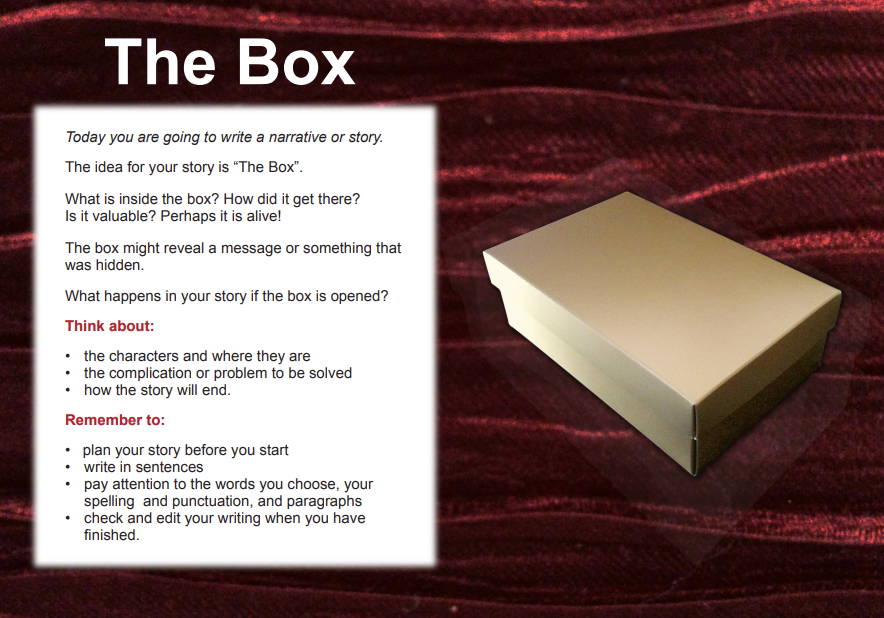If you aren't familiar with NAPLAN yet, check out our article on what the NAPLAN is and why it is important before we kick things off so you have some context. As a brief summary, NAPLAN (National Assessment Program: Literacy and Numeracy) is a standardised test sat by Australian school kids in their 3rd, 5th, 7th and 9th year of schooling in order for the education system to assess academic performance across the nation. This article will focus on the writing component of the assessment.
Table of Content:
- What is in the Writing Component?
- How does NAPLAN assess writing skills?
- How to improve Writing Skills?
- FAQs
What is in the Writing Component?
Students in Years 3, 5, 7 and 9 are provided with a ‘writing stimulus’ or ‘prompt’ – an idea or topic – and asked to write a response of a particular text type (genre). Students sitting NAPLAN are tested on either narrative or persuasiv writing.
Students in Years 5, 7 and 9 will undertake all NAPLAN tests online. Year 3 students will complete the writing test on paper and all other tests online.
In school, students are taught to write a variety of different text types. There are 3 main groups of text types: imaginative (including narrative), information and argument (also known as persuasive).
- Imaginative texts are texts that involve the use of language to represent, recreate, shape and explore human experiences in real and imagined worlds. They are also referred to as sub-genres and include, for example, fairytales, anecdotes, novels, plays, poetry, personal letters and illustrated books.
- Information texts are texts that involve the use of language to represent ideas and information related to people, places, events, things, concepts and issues. They include, for example, recounts, reports, descriptions, biographies, explanations, transactional texts, news articles and features.
- Argument texts are texts that systematically present a point of view or seek to persuade an audience. They include, for example, arguments, expositions, discussions, letters to the editor, debates, reviews and advertisements.
How does NAPLAN assess writing skills?
When your child reaches the writing component of NAPLAN they will be met with a writing stimulus that looks something like this:


NAPLAN writing stimulus examples from NAPLAN website
It's important that your child is able to understand and stick to the stimulus they are given but also be creative about their approach. Official marking guidelines can be found on NAPLAN's official website, but here is the breakdown for your convenience:
✅ Marking checklist for Persuasive Marking
- Audience - Does the writing orient, engage and persuade the reader?
- Text structure - Is the organisation of the structural components of a persuasive text (introduction, body and conclusion) appropriate and effective?
- Ideas - Is there a range of relevant and persuasive ideas?
- Persuasive devices - Does the writer use a range of persuasive devices to enhance the writer's position and engage the reader?
- Vocabulary - Is there a range of contextually appropriate and sophisticated language choices?
- Paragraphing - Is the text segmented in a logical way to assist the reader in following the line of argument?
- Grammar and spelling - Is the production of sentences grammatically correct, structurally sound and meaningful? Is the spelling of words accurate and is correct punctuation used throughout?
✅ Marking checklist for Narrative Writing
- Audience - Does the writing orient, engage and affect the reader?
- Text structure - Is the organisation of narrative features including orientation, complication and resolution appropriate and effective?
- Setting - Is there a developed sense of place, time and atmosphere?
- Character - Is there a clear portrayal and development of character?
- Vocabulary - Is there a range of contextually appropriate and sophisticated language choices?
- Paragraphing - Is the text segmented logically to negotiate the narrative and assist the reader?
- Grammar and spelling - Is the production of sentences grammatically correct, structurally sound and meaningful? Is the spelling of words accurate and is correct punctuation used throughout?
How to improve Writing Skills?
a) Encourage reading
Extremely obvious but often forgotten; books are the best precursor to writing. So get your kids reading! With repeated exposure to words, ideas, and styles, and in books, kids build the ability to mimic and adopt them.
Encourage your children to read more than one type of writing. If they gravitate toward non-fiction, maybe try historical fiction. If they only like superhero stories, introduce them to a story that subverts ideas of what it means to be a hero.
b) Practice storytelling verbally
Always encourage your kids to tell you stories whether it's about something that happened during their day or a dream they had last night. If they have recently read a book, ask them to retell the book's story back to you. This builds their narrative building and cognitive thinking ability so that storytelling features such as developing context and setting become natural to them.
c) Vocabulary games
Expanding vocabulary is imperative in improving writing skills. And this can be done in fun and engaging ways!
Two vocab game ideas include 'word of the day' and 'Name and describe.'
- Word of the day includes learning a new bizarre word each day and attempting to include it naturally in conversation. This will encourage them to learn how to use new words in contextually appropriate situations.
- Name and describe involves naming an object or thing and coming up with clever ways to describe it. This will help teach new adjectives they can use in their writing pieces.
d) Family debates
Persuasive writing stems on the basis that the child can come up with relevant ideas that they can back up convincingly. Turn persuasive stimulus into fun structured debates to teach your kids how to logically structure their argument. Keep the topics light-hearted (dogs vs cats, rainy days vs hot days) and challenge your kids to come up with examples to back up their arguments.
e) Encourage journaling
Journaling is a great way to encourage creative writing. It gives them a concrete way to see their “progress” writing. Add extra prompts into their journals to mimic the idea of handling an unseen stimulus. For example, write the day from the perspective of your pet or write about what a day at school as a seal would feel like. Helps develop the child's ability to see different perspectives and discuss thoughts and emotions.
Conclusion
If you feel your child may need support going into NAPLAN, the best solution is private tutoring, someone experienced to help improve their numeracy and literacy skills in a fun and engaging way. Luckily, KIS Academics has an amazing selection of experienced tutors who can tailor sessions precisely to your child’s needs.
For more NAPLAN resources and other guides, check these KIS Academics articles out:



FAQs
Where can I find more resources about NAPLAN?
- Online sample tests: ACARA demo site, school platforms, tutoring sites, including past papers for all year levels.
- Parent guides and FAQs on the National Assessment Program website, state education portals, and school communications.
What is new in NAPLAN 2025?
- Fully online assessment for Years 5, 7, and 9.
- Earlier test date, faster marking and reporting, and more targeted feedback and intervention.
- Schools can opt in for additional sample assessments in science literacy and civics (Years 6 and 10).
Want more personalized study guidance to help your child's academic growth? A private tutor from KIS Academics can make the biggest difference! Let us find the perfect match for you and your child.
What Our Students & Parents Say
600+ Five-Star reviews across all our tutoring programs — hear why below !👇







